Prerooting bulbs in sand
jerem
13 years ago
Related Stories

GARDENING GUIDES6 Unsung Bulbs for Fall Planting
Don't hang up your spade after summer — plant these unusual bulbs in fall for a spectacular spring show
Full Story
LIGHTINGThe Lowdown on High-Efficiency LED Lighting
Learn about LED tapes, ropes, pucks and more to create a flexible and energy-efficient lighting design that looks great
Full Story
PETSGarden Alert: 22 Plants to Keep Away From Pets
Avoid potential danger by keeping dogs and cats away from these landscaping and houseplant favorites
Full Story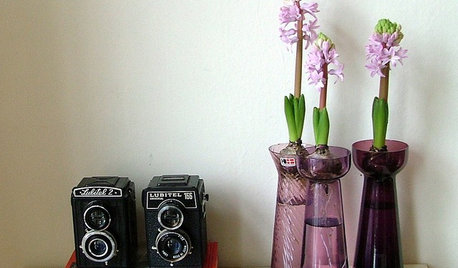
HOUSEPLANTSGet Spring-Like Hyacinth Blooms All Winter Long
Try one of these forcing methods for cheery, colorful flowers to brighten wintry days
Full Story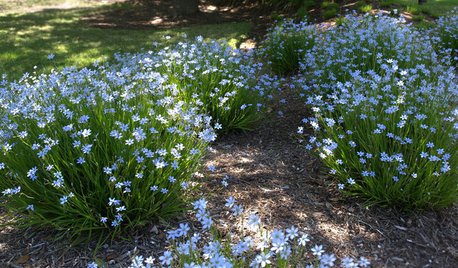
FLOWERS10 Spring Wildflowers for the Central Plains
These blooming native perennials thrive in dry locations and help welcome early-season pollinators
Full Story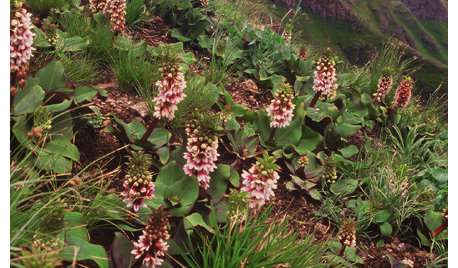
GARDENING GUIDES3 Exotic Flowers From the South African Wild
Add an enticing note to a garden border or patio container with these sophisticated and memorable African plants
Full Story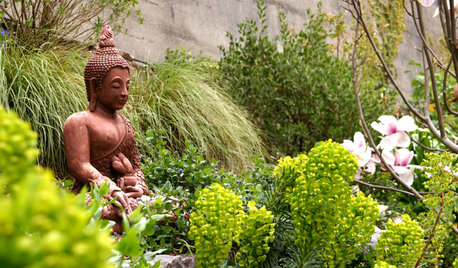
Soothe Your Spirit With a Buddha in the Garden
You can enjoy the serenity of a Buddha statue even if you haven’t been called to the monkhood
Full Story
GARDENING GUIDESHave Acidic Soil in Your Yard? Learn to Love Gardening Anyway
Look to acid-loving plants, like conifers and rhododendrons, to help your low-pH garden thrive
Full Story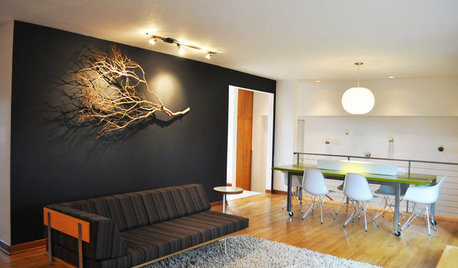
DECORATING GUIDESWeekend Project: 9 Ways to Branch Out Around the House
Natural pieces can change the feeling of a room, whether you use them to hang pots or to serve as chandeliers
Full Story
GARDENING GUIDESGardening Solutions for Heavy Clay Soils
What’s a gardener to do with soil that’s easily compacted and has poor drainage? Find out here
Full Story






calistoga_al ca 15 usda 9
jeremOriginal Author
Related Professionals
Leawood Landscape Architects & Landscape Designers · Mountain Brook Landscape Architects & Landscape Designers · Waunakee Landscape Architects & Landscape Designers · Bellefontaine Neighbors Landscape Contractors · Bergenfield Landscape Contractors · Brockton Landscape Contractors · Concord Landscape Contractors · Fuquay-Varina Landscape Contractors · Mission Viejo Landscape Contractors · Paramus Landscape Contractors · Roseville Landscape Contractors · San Benito Landscape Contractors · Twin Falls Landscape Contractors · Wailuku Landscape Contractors · Yuba City Landscape Contractorsvetivert8
jeremOriginal Author
iris_gal
jeremOriginal Author
iris_gal
vetivert8
jeremOriginal Author
vetivert8